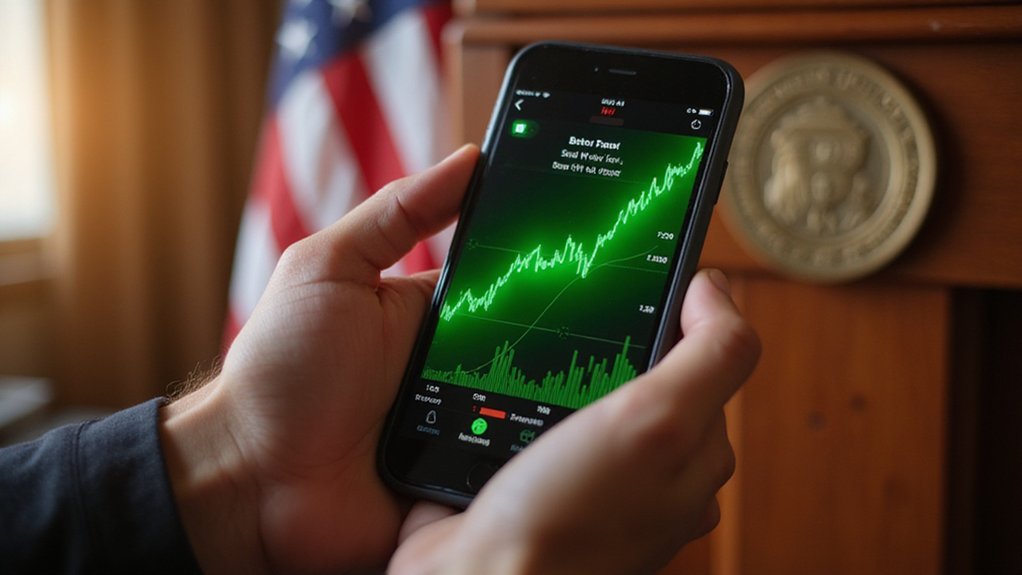Chaos, as cryptocurrency markets have learned with painful regularity, tends to arrive unannounced and overstay its welcome. The latest reminder came courtesy of U.S. airstrikes on Iran in 2025, which promptly triggered a $595 million bullish wipeout that left traders scrambling to comprehend how geopolitical tremors thousands of miles away could so efficiently liquidate their positions.
The crypto markets’ sensitivity to global political shocks has become something of a trademark feature—one that institutional investors are still learning to navigate. When tensions escalate between superpowers, digital assets don’t merely wobble; they convulse with the force of over-leveraged positions unwinding faster than their owners can refresh their portfolio screens. Market confidence, that most fragile of economic constructs, evaporated as participants witnessed the speed at which perceived safe havens transformed into volatile liabilities.
Yet this disruption arrives amid an otherwise remarkable period of institutional legitimization. The SEC’s approval of spot Bitcoin and Ethereum ETFs in 2024 had already fundamentally altered the landscape, with BlackRock’s Bitcoin ETF achieving the distinction of becoming the fastest-growing ETF in history. Such milestones suggest that crypto’s integration into mainstream finance has reached an inflection point—though apparently one still subject to the whims of military interventions.
The regulatory environment has simultaneously evolved in crypto’s favor, with SAB 121’s repeal potentially easing accounting burdens for institutional holders. The replacement framework, SAB 122, simplifies crypto asset accounting while encouraging banks to expand custody services. This regulatory clarity, combined with the EU’s MiCA framework, represents a significant departure from the uncertainty that previously characterized the space. Meanwhile, AI tokens have surged past $39 billion in value, demonstrating how technological innovation continues to drive new sectors within the crypto ecosystem despite broader market volatility. Advanced strategies like yield farming continue to attract investors seeking higher returns through decentralized finance protocols, even as traditional markets face disruption.
Historically, crypto markets exhibit cyclical peaks approximately 12 to 18 months following Bitcoin halving events, suggesting late 2025 could mark a significant high. However, geopolitical shocks like the U.S.-Iran conflict demonstrate how external forces can disrupt even the most carefully analyzed patterns. For seasoned investors, these market crashes represent opportunities to accumulate discounted cryptocurrencies, as historical cycles consistently demonstrate that major downturns precede subsequent higher all-time highs.
The paradox remains: while institutional adoption enhances market depth and legitimacy, it hasn’t eliminated the sector’s propensity for dramatic volatility when global tensions escalate.








